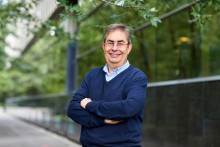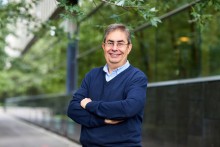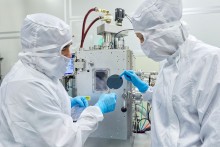Related news by tag Theory
CIC nanoGUNE launches Simune, an atomic-scale simulations service for companies
CIC nanoGUNE launches a new service called Simune with the aim of supporting a large variety of companies and institutions in their R+D processes. This service will perform computer simulations in order to study the behavior of matter at the atomic scale. In this way, Simune will help to solve specific technological problems with a lower investment.
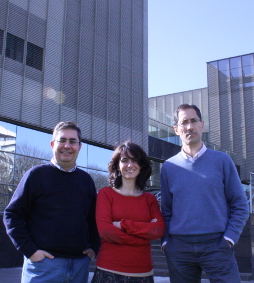
The simulations offered by the new service, launched by nanoGUNE together with external scientists, could be useful for many sectors. At first, Simune will be specially targeted to companies working with energy and electronics. Ester Sola, Simulations Services Manager, explains how they will perform “nanometric-scale theoretical simulations of solids, liquids and nanostructures based on the principles of quantum physics and using supercomputers”. “This type of calculations allow us to predict how a specific component will evolve over very long time spans, or to analyze the properties of materials before creating them physically in order to evaluate their suitability”, Sola says. Thereby it is possible, for instance, to advance the evolution of nuclear waste for a longer period of time, to evaluate new mechanisms to reduce CO2 in the atmosphere, or to measure the efficiency of a new material before its production.
The service has been promoted by nanoGUNE, through Emilio Artacho and 3 other expert researchers in computer simulations: Pablo Ordejón (from ICN2-Centre d’Investigació en Nanociència i Nanotecnologia), José María Soler (Universidad Autónoma de Madrid) and Juan José Palacios (Universidad Autónoma de Madrid). The first three (Artacho, Ordejón and Soler) are co-authors of the “SIESTA” code, internationally renowned computational software, and Juan José Palacios is co-author of the “ANT” code
Researchers from nanoGUNE will use these and other codes to resolve the different problems faced by the companies in their R+D actions. Emilio Artacho – Ikerbasque researcher and leader of the Theory group which supplies the service – hopes that “the sum of their expertise, along with nanoGUNE’s equipment, will provide useful solutions to increase companies competitiveness.
Jose Maria Pitarke, Director General at nanoGUNE, considers that “this new service contributes to nanoGUNE’s commitment of developing the competitiveness of the Basque Country as it favors the transfer of technology from our research groups to companies”. Owing to the knowledge and background of the researchers involved in this service, nanoGUNE is now able to offer a support service to the business world. Companies wishing to access further information can visit simune.nanogune.eu Theory before practice
The Theory Group at nanoGUNE, established in October 2011, is formed by group leader Emilio Artacho and seven more researchers, and will continue growing. The group’s computational cluster, owned by nanoGUNE, works in a network connected to other computational nodes. This cluster is used to perform complex computational simulations at the atomic scale. The position of the group and the determination of nanoGUNE, has made it possible to launch Simune on a solid and future-proof basis.
Emilio Artacho states that “in order to develop future applications based on nanotechnology, it is vital to complement experiments with theoretical simulations of the systems of interest at a nanometric scale”. The incredible advance of calculation algorithms, along with the increasing processing power of computational clusters, enables the steady increase of the size and complexity of the systems that can be simulated, allowing scientist to make more and more accurate predictions on how to design a new material, or how nanosystems behave at molecular scale.
The theoretical description and modeling of new nanodevices and the diversity of phenomena occurring at the nanoscale require sophisticated calculation techniques and theoretical approaches commonly used in Condensed Matter Physics and Computational Chemistry. These methods can be, however, extremely useful in a large variety of fields (Physics, Chemistry, Materials Science, Biophysics, Optics, Engineering, Environmental Science, and so on): very diverse disciplines that converge in nanotechnology. “The multidisciplinary approach is fundamental when talking about nanoscience, and it is one of the basis of nanoGUNE’s research strategy”, Artacho asserts.
Once the Theory group has been consolidated and the simulations service launched, the Basque center for nanoscience and nanotechnology continues fulfilling his commitments: opening new research lines within its 9 research groups, working in an interdisciplinary way, and generating new knowledge for contributing to the competitive and social development of the Basque Country.
See the press release in Basque and Spanish here
nanoGUNE Scholarship: call for Master Thesis students
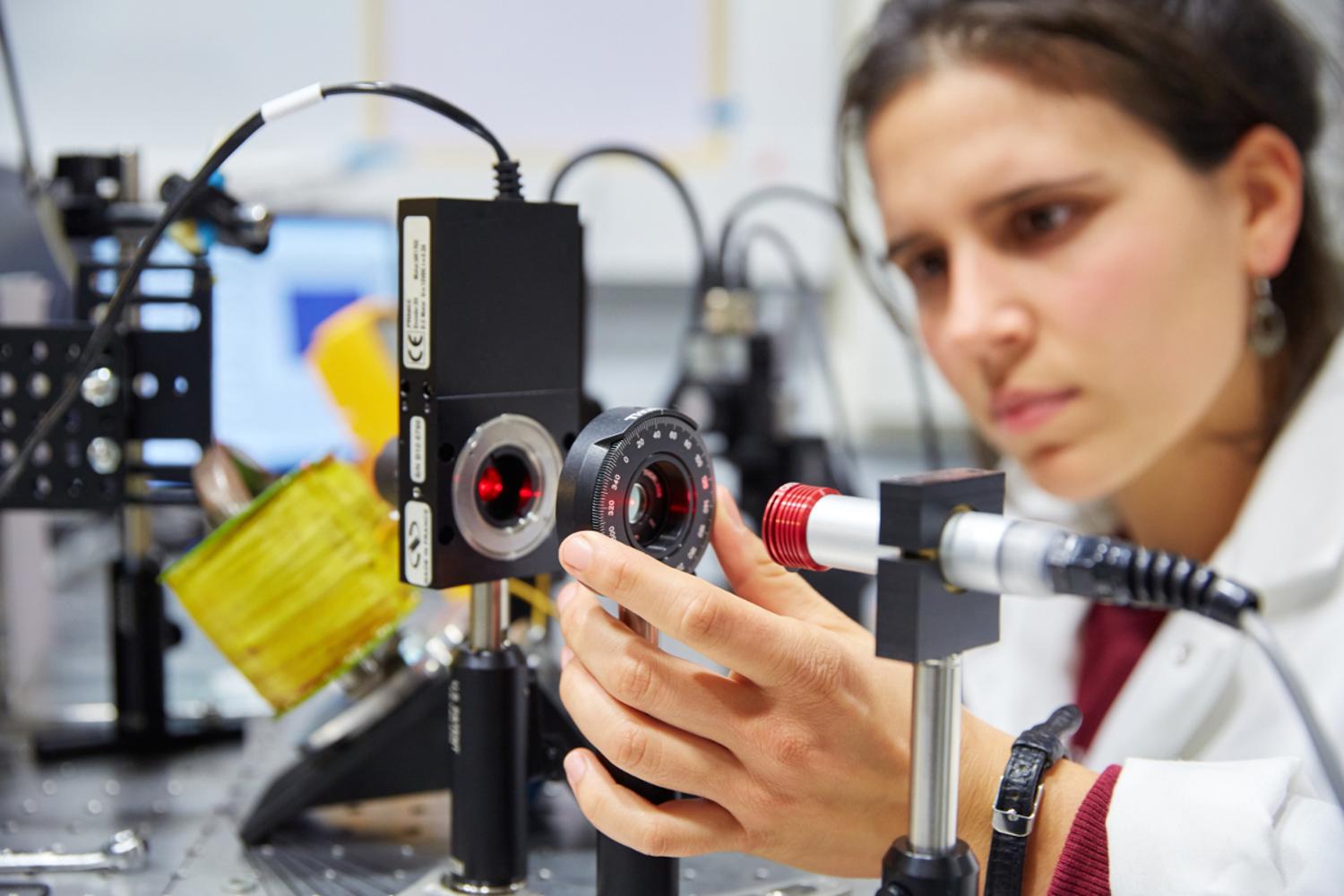
The Scholarships will be of a total amount of 3,000€. This amount is for the whole period and will not be compatible with any other grant or funding awarded for the same purpose. Candidates have to be pre-registered and accepted at the above mentioned Master degrees in order to be eligible for these grants. Interested candidates can find all the information about the offered master projects and the application process following this link.
Besides the grants, nanoGUNE offers Master students coming from any official Master degree the possibility to develop their Master Thesis within one of its research groups.
DIPC, CFM and nanoGUNE researchers are the co-authors of one of the twelve most important papers in the history of the Journal of Physics
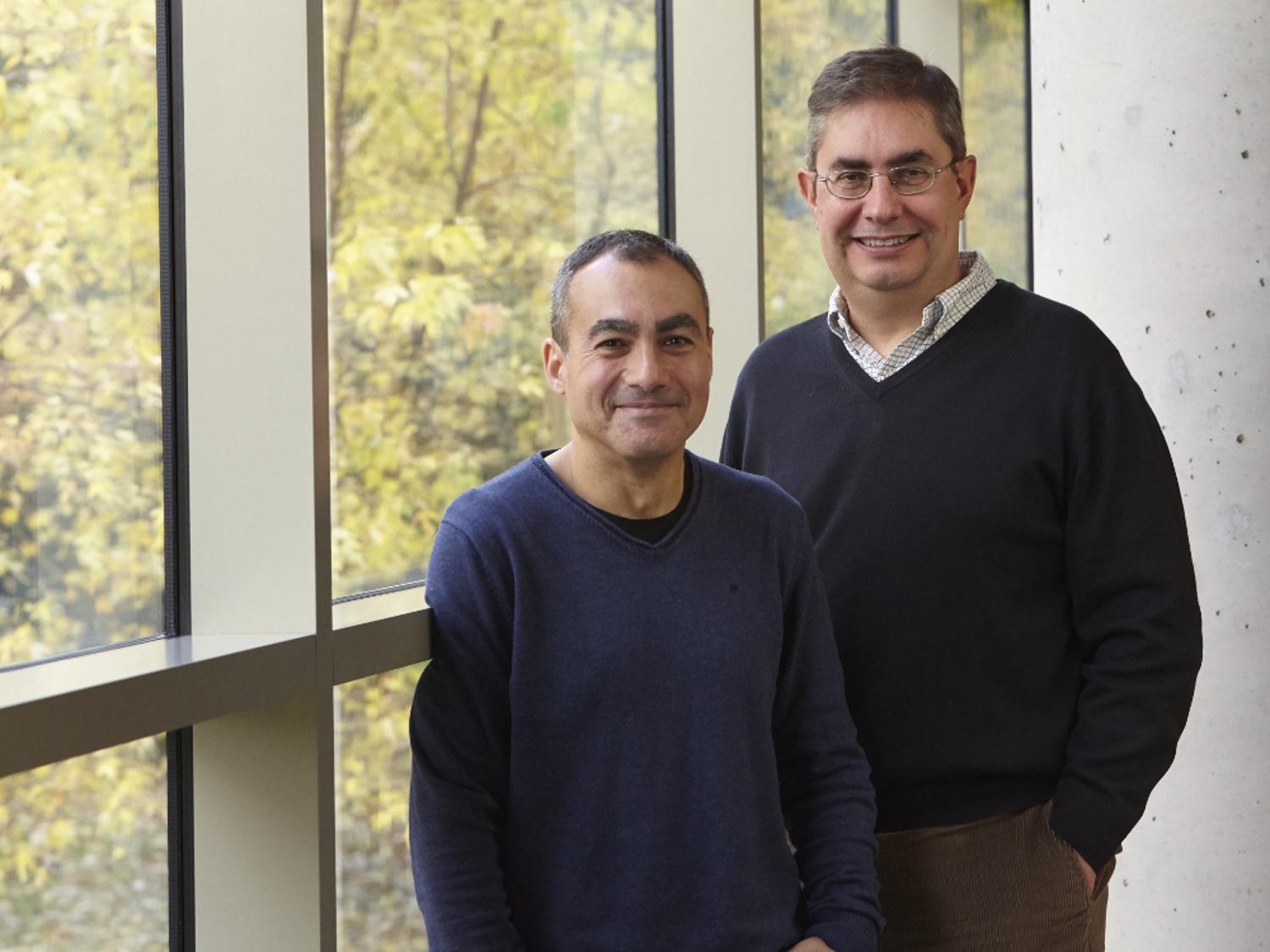
To mark the 50th anniversary of the Journal of Physics series, which encompasses various important journals in the field of physics, its editors have drawn up a list of the twelve most important papers published on its pages. Daniel Sánchez-Portal, researcher at the Centre for Materials Physics (CSIC-UPV/EHU), and Emilio Artacho, Cambridge University professor and Ikerbasque researcher at CICnanoGUNE, both members of the Donostia International Physics Center (DIPC), are co-authors of one of the twelve papers selected.
The paper presented a new atomic simulation method and code known by its acronym SIESTA. This successful code, open and free for the research community, implemented a new, very efficient calculation method that allows the properties of materials to be predicted, thus resolving quantum mechanics equations without needing to resort to large, very costly computing facilities. Nowadays, thousands of users across the world use SIESTA in their daily research work, and the original article published in the Journal of Physics: Condensed Matter in 2002 (DOI: 10.1088/0953-8984/14/11/302) and signed by another five authors in addition to Sanchez Portal and Artacho, has received over 7,000 citations, according to Google Scholar, the search engine specialising in scientific literature. Compelling reasons that have prompted the editors of the Journal of Physics to include it in their select list.
In the words of the co-authors Sánchez-Portal and Artacho, "we are in excellent company indeed in the list of selected papers". In fact, among the other 11 papers are some signed by Nobel Laureates, such as J. Michael Kosterlitz and David J. Thouless (Nobel Prize in Physics 2016); Phil Anderson (Nobel Prize in Physics 1977), or seminal works by world-famous researchers, such as Sir John Pendry (Dirac Award 1996), E. Rashba (discoverer of the Rashba spin effect) and S. Doniach (one of the fathers of the synchrotron x-ray sources of radiation).
Students from UPV / EHU, Tecnun, UAB and the UB carry out summer internships at CIC nanoGUNE
On Tuesday, 19 June, we welcomed a group of internship students that will carry out a research project at NanoGUNE during the summer. The director of the center, Jose M. Pitarke, received the students with a presentation talk about nanoGUNE, that was also attended by the researchers that will conduct the students’ projects.
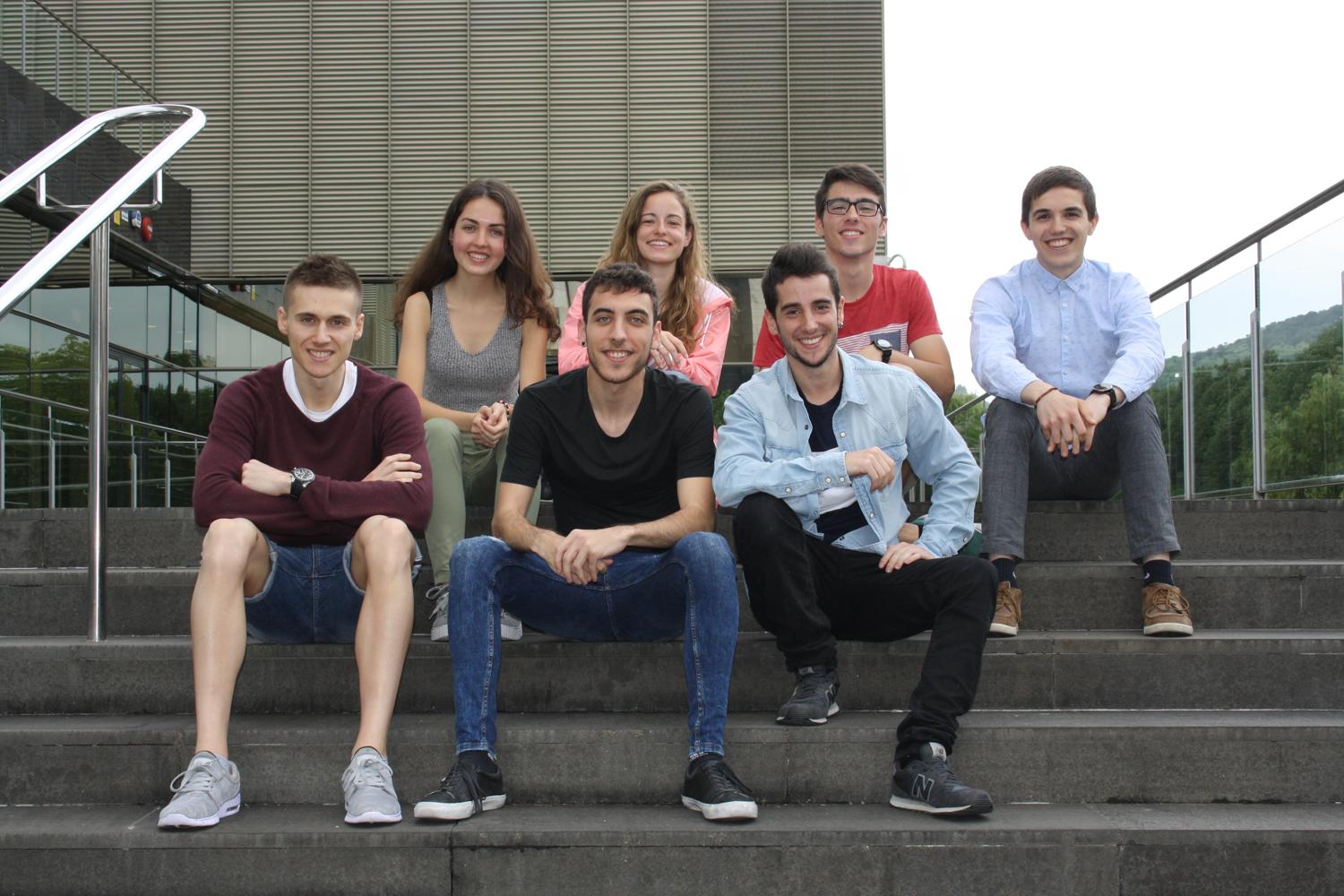
The 11 students come from different universities, among which are, Unibersity of the Basque Country (UPV /EHU), Tecnun, Univeristy of Barcelona (UB), Autonomous University of Barcelona (UAB). This program offers to the students a real experience of work in a research laboratory in order to make it easier for them to take decision about their future professional life.
The students will collaborate and learn with the different research groups at nanoGUNE, such as nanooptics, nanodevices or nanomagnetism. They will carry out a research project for two months following the instructions of a researcher of their group.
Some of them started the internships at the beginning of the month and they have been very involved in the group’s work. "The truth is that we started very suddenly; the very first day they took me to the laboratory," says Amaia Ochandorena, a student of Biochemistry and Molecular Biology at the UPV/EHU.
All the students knew CIC nanoGUNE and stressed that "it is an important research center" and "offers and works with topics of much interest".
For these students, and also for undergraduate students of general, nanoGUNE offers the possibility of collaborating with the center for the completion of final graduate or master thesis projects, for which also opens a call for grants every year.
nanoGUNE launches a new summer internship call for university students
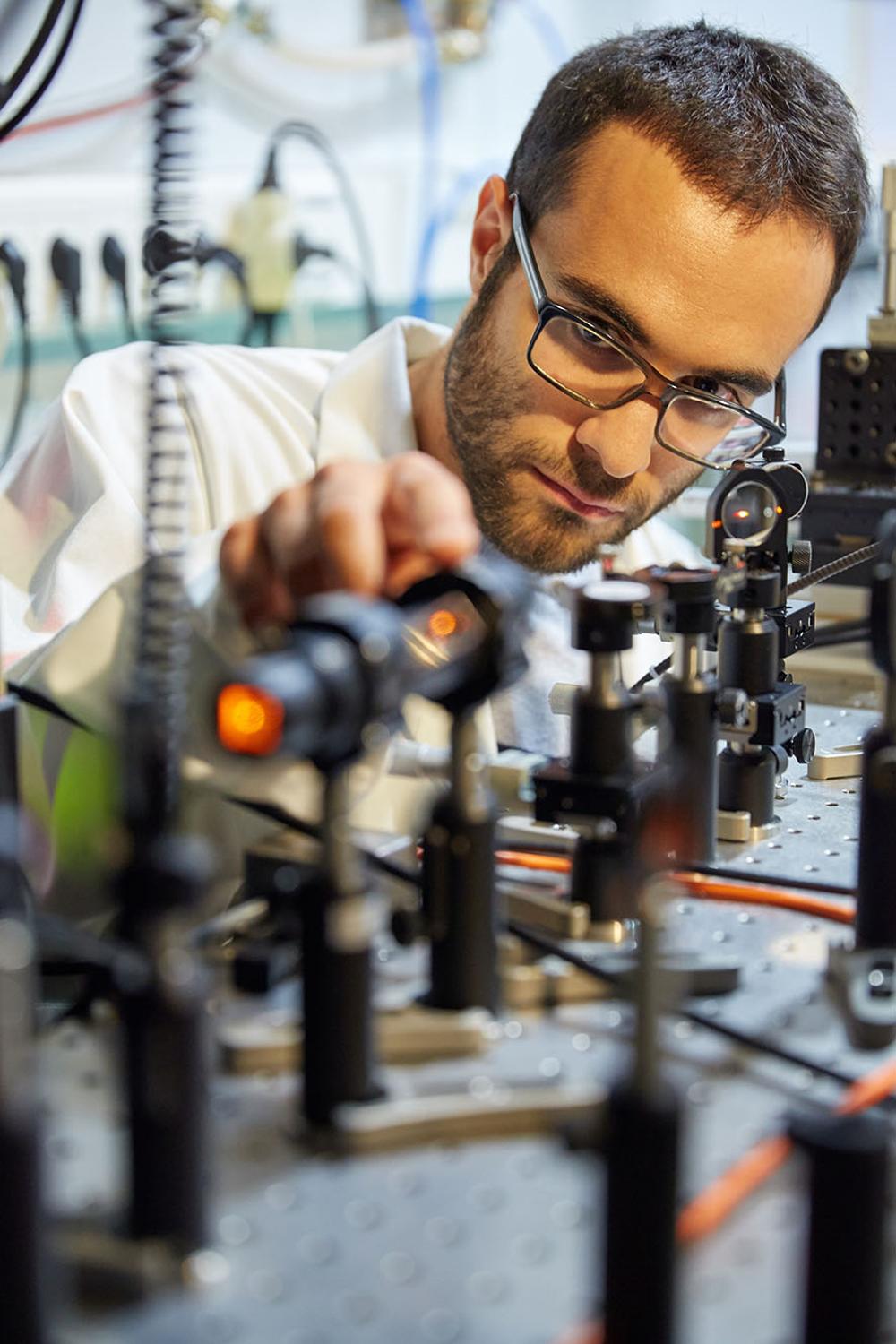
Through this programme the Basque nanoscience research centre will this summer be receiving about ten new students in their 3rd and 4th years of Physics, Chemistry, Biology and Engineering. For a period of six weeks or two months the young students will be collaborating with nanoGUNE researchers in their research projects on subjects such as electron/spin phenomena and magnetism, nanoscale optics, nanoscale materials and nanobioengineering, among others.
To participate in the summer internship programme any students who are interested will need to submit their applications online via the nanoGUNE website, the deadline being 16 February. Full information relating to the call is available via the nanoGUNE website (www.nanogune.eu)
Smart computations to study space radiation effects
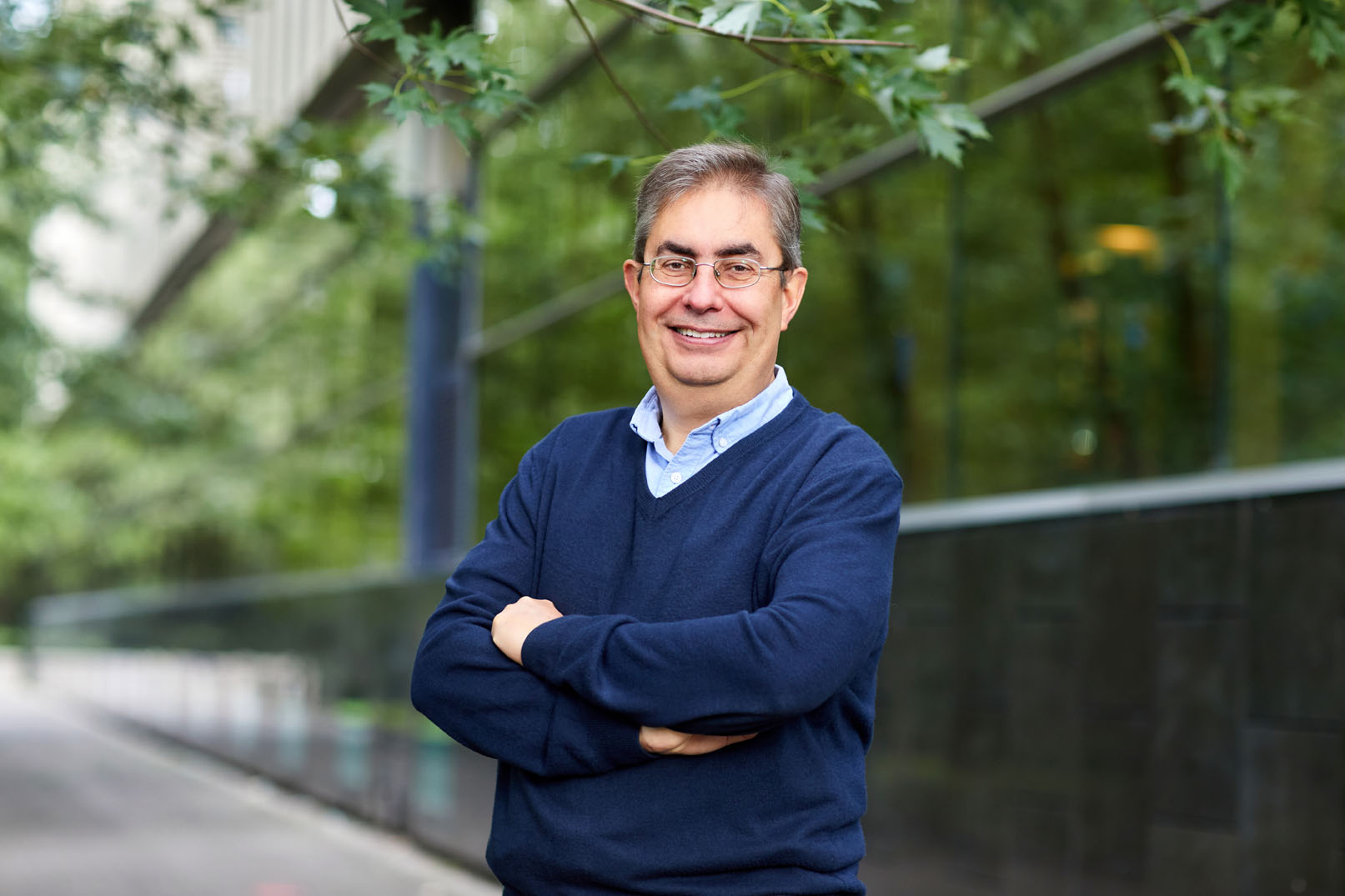
The project is led by the Belgian Institute of Space Aeronomy (BIRA) and along with nanoGUNE also involves the University of Lille (Fancia) and Queen's University of Belfast (UK).
More information in this report by EFE: https://www.efe.com/efe/espana/sociedad/fundar-un-pueblo-en-la-luna-esta-a-vuelta-de-esquina-segun-experto/10004-4382754
Emilio Artacho APS Fellowship in 2021
The quantum simulation method and program developed by Artacho and others, known by its acronym SIESTA, is open and free for the research community.
Registration period for the summer internship program open
CIC nanoGUNE has just launched the program for summer internships, which runs every year. University students are offered the chance to get involved in the activity of a world-class research center.

